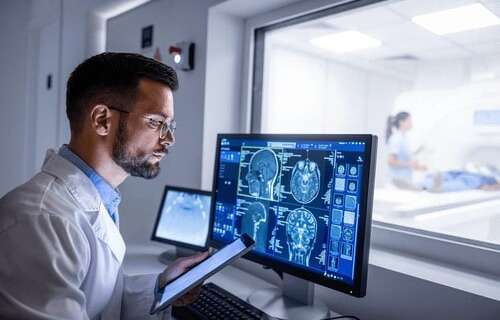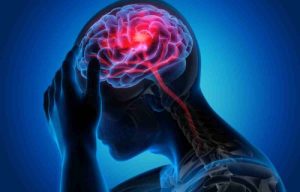The Importance of Second Opinions in Radiology
Radiology is a critical component of medical diagnostics, playing an essential role in the detection and diagnosis of diseases. Despite its importance, radiology is fraught with errors, with approximately 40 million mistakes reported annually [1]. These errors can have severe consequences, including about 795,000 cases of deaths or permanent disabilities due to misdiagnosis in the US alone each year [2]. This data highlights a significant need for improvements in diagnostic accuracy and underscores the vital importance of second opinions in radiology.
Radiologists and the Confidence Dilemma
Interestingly, fewer than 50% of radiologists report feeling confident in their daily practice [3]. This uncertainty can be linked to the pressures of accurately diagnosing complex images, the fear of overlooking subtle signs, and the high stakes of each diagnostic decision. Since many MRI techniques are relatively new, MRI interpretation can be even more challenging. The lack of confidence among radiologists strengthens the case for the routine incorporation of second opinions, which can significantly reduce the risks of misdiagnosis.
The Significant Impact of Second Opinions on Patient Management
The benefits of incorporating second opinions in radiology are compelling. Evidence shows that 92% of patients who received a second opinion and had discrepant findings experienced changes in their management plans [4]. These changes, ranging from adjustments in medication to completely new treatment strategies, not only have the potential to save lives but also enhance the quality of life for patients.
The Future of Radiology: Integrating Second Opinions
The high incidence of errors and the profound impact of second opinions on patient outcomes make a strong case for making second opinions a standard practice in radiology. This integration could serve as a critical safety net for both radiologists and patients. Furthermore, emerging technologies such as artificial intelligence (AI) and machine learning are set to play a significant role in enhancing the accuracy and effectiveness of radiological assessments, supporting radiologists in making more informed decisions. In platforms such as DocOrbit, patients can ask a radiologist about their scan by creating an online radiologist consultation so you can for example, get a second opinion MRI online.
Conclusion
The data is undeniable: radiological errors are common and carry severe repercussions. To address this, the medical community, supported by the latest advancements in AI technology, must champion the implementation of second opinions as a routine practice in radiology. Adopting this approach will not only save lives but also propel the field of radiology into a new era of precision and reliability in medical diagnostics.
[post-views]





